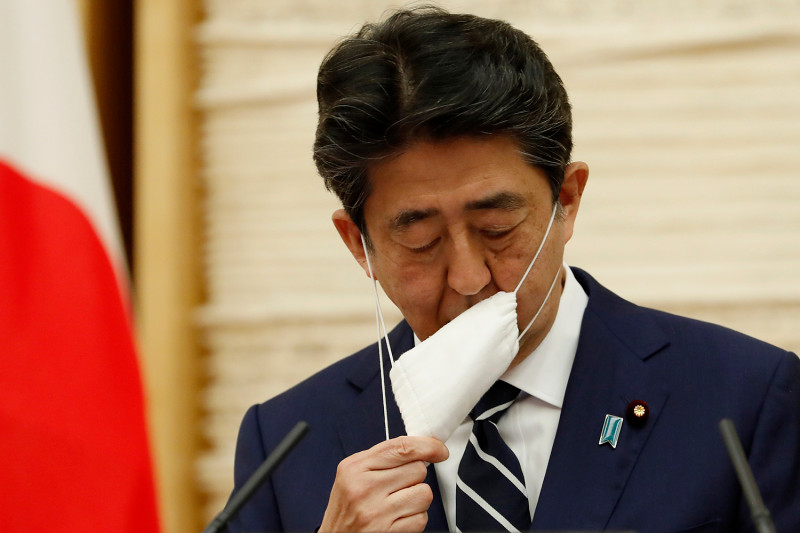 Shinzo Abe. (Image via Foreign Policy)
Shinzo Abe. (Image via Foreign Policy)
Japan’s Shinzo Abe in Retrospect
It has been nearly two weeks since Shinzo Abe resigned
as Japanese prime minister, leaving the post to his chief cabinet secretary,
Yoshihide Suga. Abe resigned due to the aggravation of the chronic intestinal
disease he has been living with for many years. His abrupt resignation
delivered shocks worldwide. Reactions came from world leaders upon learning
about his resignation in the end of August 2020.
What is now left for Japan following Abe’s
resignation? Let us take a squint at the face of Japan when Abe reassumed
office in 2012. Abe inherited a country that was propelled by a lethargic
economy, and a more politically unstable environment. Eight years after he started
his tenure, the economic outlook of Japan showed significant growth. Improved
economy – at least before covid-19 damaged its economy – is a hallmark of Abe’s
premiership.
However, Abe’s performance was not flawless. Abe was a
strong believer of science and was convinced that science could help boost the
economic growth of the country. But this vision did not seem to be realized at
its best. Japan allocated 3.2% of its national income for research and
development, which he saw as essential components for economic growth – an
extravagant spending on scientific development compared to its Western equivalent,
the United States which only spent 2.8% on research and development. Nevertheless,
80% of this spending was supplied by industry.
Amidst of covid-19 situation, Abe’s approval rate
shrank decisively. Japan’s economy that was once robust and healthy, is now
stricken from the pandemic situation. Abe’s legacy does not consist merely of
good things, but bad things as well. Heated tension with China and North Korea
and undecided fate of and uncertainty around Tokyo Olympics 2020 are some of
the chaos that Abe handed over to his successor. The country is now hoping that
Yoshihide Suga could get the country out of crisis.
Source: https://go.nature.com/329O3zc
 English
English Japan
Japan
